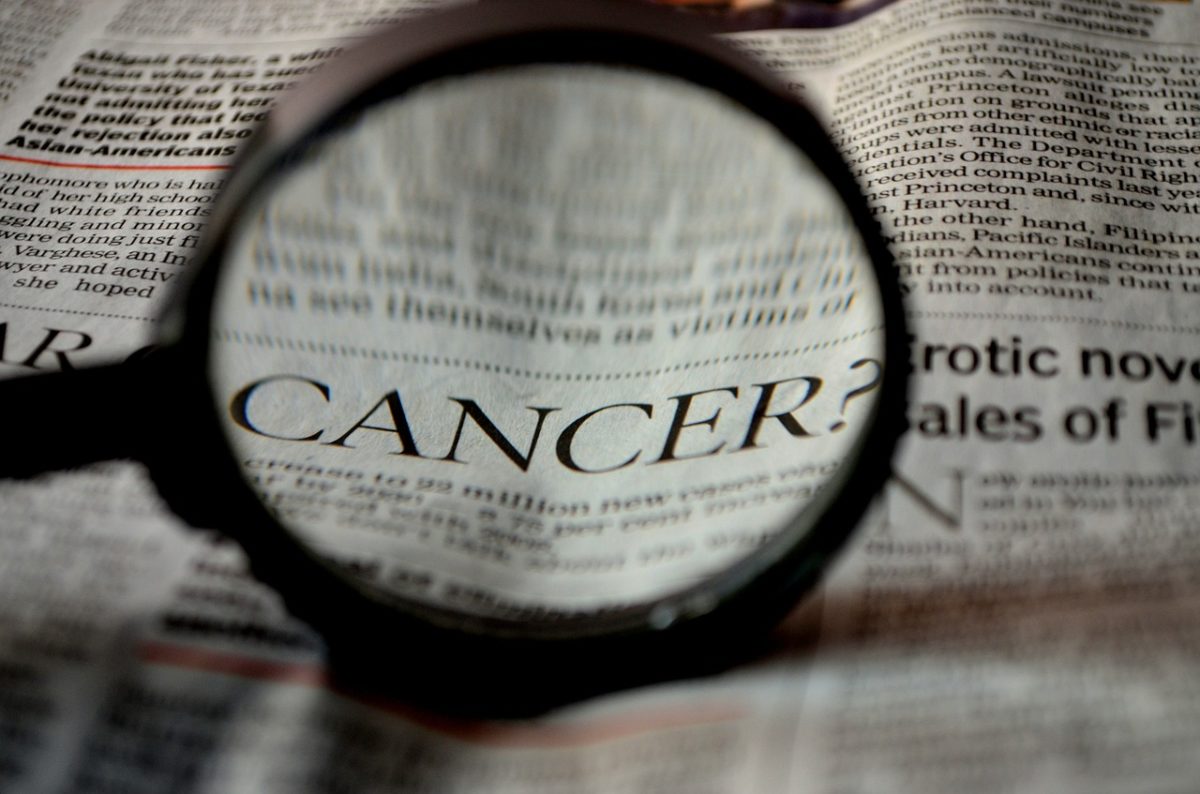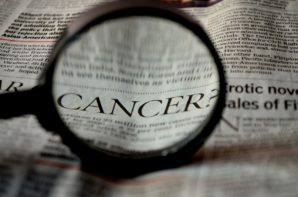
Beauticians perform a very valuable service in society. We all know how they can help accentuate people’s best features, hide their imperfections, and make them look dazzling, radiant, classy, edgy – just about every way their clients wish. Beauticians help people on their journeys of self-discovery, helping customers find their individuality and assisting them in the development of a personal sense of style. More than anything else, beauticians make people look beautiful and make them feel good about themselves, boosting self-confidence and helping people put their best foot forwards.
Beauticians have the opportunity to help people in another way too, though, they can help reduce the risk of skin cancer for their patrons. According to skincancer.org, “skin cancer is the most common of all cancers, afflicting more than two million Americans each year, a number that is rising rapidly.” This ability to see the signs of skin cancer is a by-product of the fact that in their day-to-do professional lives, beauticians are allowed the opportunity to examine their customer’s skin, scalp, the backs of their necks, their ears and more. They have access to places that are not looked at very closely, but could carry the tell-tale signs of the onset of skin cancer. And as we all know, the sooner the cancer is caught and treated, the better it is.
Symptoms of skin cancer that beauticians can keep an eye out for
- Atypical moles. The presence of abnormal moles on the neck or scalp is usually a flag dignifying the possible presence of melanoma. If a consumer’s mole seems to have grown or changed since their last visit, or a few moles don’t look anything like the others, this could be a warning sign. Cancerous moles usually don’t resemble benign moles, they look distorted in shape rather than circular or symmetrical, the border of the mole is distorted, the color is also irregular.
- Scarring. Distinct scarring that is waxy in texture and could be white or yellow in color with indistinct outlines is also a warning signal.
- Open sores. Another thing to keep an eye out for is abrasions that change form, bleed, or don’t look like they’re healing. Any customer having such sores should be questioned and cautioned about them. Ask the client if the sore is either refusing to heal over a period of time, or if it heals and then starts to bleed again. Both are signs of cell carcinoma.
- Irritated areas. Reddish patches that look slightly distorted are also indicative of cell carcinoma. The patch may itch or cause pain, and even crust up. They are usually found around the eyes, on the chest, arms, shoulder and legs.
- Shiny nodules. A little growth that is either obscure or shiny white, but can often be pink or red in color too is another thing to watch out for. When it comes to people with darker hair color, this little bump can black, tan or brown in color too.
- Bumps and crusts on the head. A collection of red bumps and slightly lighter colored crusts appearing on either the forehead or the scalp should also be highlighted immediately. These crusts could also be seen within the ears and on cheeks. All these are signs of Actinic keratosis.
- Red scaly patches and lesions on hands. These thick, scale-like patches usually show up on the back of the hand if the body is affected with Actinic keratosis. They are spread about, and can easily go unnoticed.
- Horn-shaped scale on lower lip. If the client’s lower lip is chaffed, scarred, has coagulated blood on it, or horn-shaped scales they could also be signs of keratosis.
Apart from keeping an eye out for these signs, beauticians can also help raise skin-cancer awareness. Skin cancer can be contracted due to extreme exposure to direct sunlight or overuse of tanning booths too. For example, Marinello School of Beauty’s salons where their students are provided with Beauty career opportunities offered a discount on sunscreen lotions and offered free-samples of lotion in honor of cancer awareness month in May a couple of years ago. Programs such as these are commendable and should be carried out vigorously to help make patrons more attuned to the risks of skin cancer. Beauticians can also recommend the correct type of sunblock a patron requires based on their skin type and also provide basic tips on sun-safety, including the correct application of sunscreen, sun-protective clothing, and what the peak hours for UV harshness are.

